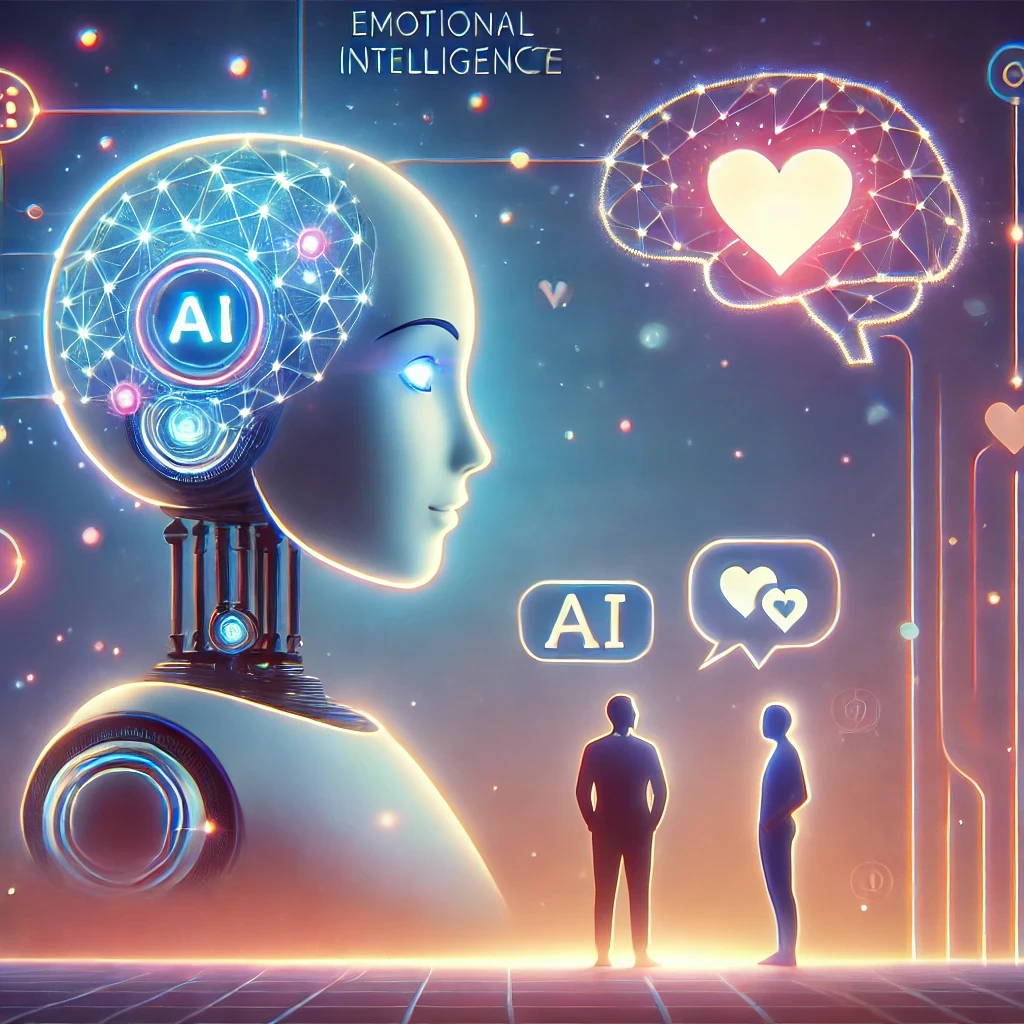Artificial intelligence has made remarkable strides in recent years, and one of its most intriguing advancements is its ability to simulate emotional intelligence (EI). While GPT, or Generative Pre-trained Transformer, is fundamentally a language model that processes and generates text, it has the capacity to mimic human-like emotional responses. This capability has profound implications for industries ranging from mental health support to customer service. But how exactly does GPT simulate emotional intelligence, and what are the implications for its interactions with users? Let’s dive into the psychology of AI and explore how GPT “understands” emotions and applies them in conversations.
Understanding Emotional Intelligence
Emotional intelligence refers to the ability to recognize, understand, and manage one’s own emotions while also empathizing with others. It involves skills such as active listening, emotional regulation, and sensitivity to social cues. For humans, EI is an essential component of effective communication and relationship building. When it comes to AI, emotional intelligence takes on a slightly different form—it’s not about experiencing emotions but rather recognizing and responding to emotional signals in a meaningful way.
How GPT Simulates Emotional Intelligence
GPT achieves its simulation of emotional intelligence through several core mechanisms:
1. Natural Language Understanding
GPT is trained on massive datasets of human communication, encompassing a variety of tones, styles, and emotional contexts. This allows the model to identify patterns in language that convey emotions. For example, phrases like “I’m feeling overwhelmed” or “I’m so excited!” carry distinct emotional undertones, and GPT can recognize these cues to tailor its responses accordingly.
2. Sentiment Analysis
While GPT itself doesn’t perform sentiment analysis in a traditional sense, it relies on its training data to infer the emotional tone of a conversation. By analyzing word choice, punctuation, and context, GPT can determine whether a user is expressing happiness, frustration, sadness, or another emotion. This inference forms the foundation for generating empathetic or supportive replies.
3. Context Awareness
Emotional intelligence in conversations requires understanding not just isolated statements but the broader context of an interaction. GPT excels at maintaining conversational context, enabling it to adjust its tone and style as the conversation progresses. For example, if a user begins a conversation by expressing distress, GPT will typically adopt a supportive and calming tone throughout the exchange.
4. Generating Emotionally Appropriate Responses
Once GPT identifies the emotional context, it generates responses that align with the user’s emotional state. For example:
– If a user says, “I’m having a rough day,” GPT might reply with: “I’m sorry to hear that. Do you want to talk about what’s going on?”
– If a user shares excitement, like “I just got a promotion!”, GPT might respond with: “That’s fantastic news! Congratulations!”
This ability to mirror emotional cues fosters a sense of connection and makes interactions with GPT feel more human-like.
Applications of Emotionally Intelligent AI
The ability of GPT to simulate emotional intelligence has opened doors to several impactful applications:
1. Mental Health Support
In mental health, GPT-powered chatbots provide a safe space for users to express their emotions. By recognizing distress signals, these tools can offer empathetic responses, suggest coping strategies, or connect users with professional resources. While not a replacement for therapy, such applications serve as an accessible first step for those seeking support.
2. Customer Service
Customer service chatbots powered by GPT can identify frustration or dissatisfaction in customer messages and respond with understanding and solutions. For instance, if a customer expresses anger about a delayed order, GPT can apologize sincerely and provide clear next steps, enhancing the overall experience.
3. Personal Assistants
Digital assistants equipped with GPT capabilities can create a more personalized and emotionally attuned user experience. For example, they can offer words of encouragement during stressful moments or celebrate milestones, fostering a sense of companionship.
4. Education and Training
In education, emotionally intelligent AI tutors can adapt their teaching style based on students’ frustrations or enthusiasm, creating a more supportive and effective learning environment.
Limitations and Challenges
Despite its impressive capabilities, GPT’s simulation of emotional intelligence has its limitations:
1. Lack of Genuine Emotion
While GPT can mimic emotional understanding, it doesn’t “feel” emotions. This can sometimes result in responses that lack depth or authenticity.
2. Risk of Misinterpretation
AI models are not perfect and may misinterpret emotional cues, leading to inappropriate or unhelpful responses. For instance, subtle sarcasm or humor can be challenging for GPT to decode accurately.
3. Ethical Concerns
The use of emotionally intelligent AI raises ethical questions, particularly in contexts like mental health. Ensuring transparency about AI’s limitations and maintaining user trust are critical considerations.
The Future of Emotional Intelligence in AI
As AI continues to evolve, its ability to simulate emotional intelligence will improve. Future advancements may include:
– Enhanced recognition of non-verbal cues, such as analyzing vocal tone or facial expressions in video interactions.
– Improved context sensitivity, enabling more nuanced and meaningful conversations.
– Integration with wearable devices to monitor physical indicators of stress or emotion, creating even more personalized responses.
Conclusion
GPT’s ability to simulate emotional intelligence represents a significant leap in AI-human interactions. By recognizing and responding to emotional cues, GPT-powered tools create meaningful, human-like connections that enhance user experiences across various applications. While challenges remain, the ongoing development of emotionally intelligent AI promises to transform how we engage with technology, making it not just smarter, but more empathetic.



Fascinating! Of course, there are limitations, but it’s clear that emotional intelligence in AI will only get better with time
heh gpt already out here controlling animatronic head
Haha, I hope the AI never wants to rebel…
Haha he dont need dat while dumb humans be servin him lol 😎😎
AI with emotions?! 🤯🤖 GPT is getting too real! Human-like connections… exciting & scary! 😬
ai w/ feelings?! so cool! 👍👍👍
gpt learnin emotions… mayb it cool 🤔🤔
lol ai empathy? totally meh 👎
Ayy, he do be makin’ an effort lol 😏
idk, gpt fake empathy feels off 🤔 not real feelings👎